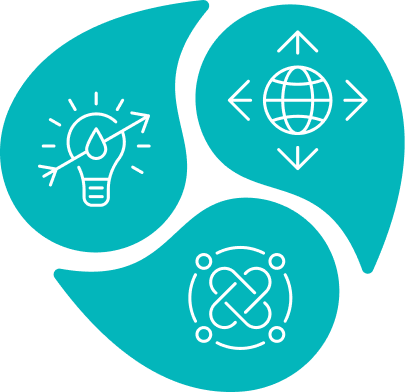Collective learning, communication among stakeholders, and common decision making undoubtedly took place during the ComMod process in the Kat, but it is difficult to separate the effects of ComMod from the effects of the many other projects and initiatives that took place in the Kat since 1994. While some significant insights were gained by participants, it is important to consider whether this would have been possible without the “field preparation” provided by the previous projects.
One lesson seems to be particularly relevant for future applications of participatory approaches in similar contexts. In South Africa during the last years, many projects have been implemented with the main goal of helping local stakeholders to express their “visions” or to elicit “mental models” about water uses, related problems and perspectives. Most of, if not all, these projects have produced interesting reports and literature that did not actually concretize into a real negotiation support for the involved stakeholders. The “technical phase” of negotiation and decision making process has always been neglected so far, with the emphasis being on the preparatory phase of “visioning”.
In the Kat project, which had as its explicit objective the development of a CMP with the KRWUA, the ambition to go beyond “visioning” and move towards the real negotiation process leading to the “technical decision making” phase was clear. The contribution of ComMod in this direction was instrumental, as the model first allowed quantifying and representing spatially the problems, and the RPG then facilitated the discussions and the debates around these problems. During the Kat Project, the preparatory phases leading to “visions” determined few if no conflicts among local stakeholders. The real conflicts emerged when alternative water allocation strategies expressed as m3 of water to different groups of stakeholders were proposed and discussed. The quantified scenarios allowed by the model KatAWARE were the bottom line for these discussions.
Even if the ComMod process and the consequent discussion and provisional choice of scenarios is only preliminary to the technical phase of common decision making, which should lead the KRWUA to the definition of the CMP, the crucial step towards local negotiation and decision-making around water management was reached in the Kat. Through the co-construction and discussion of quantitative scenarios, the KatAWARE process proved a useful, though improvable, accompaniment to the local WUA as they progressed from the qualitative step of “visioning” and definition of priorities to the preparation of a negotiated CMP.

 Case study
Case study